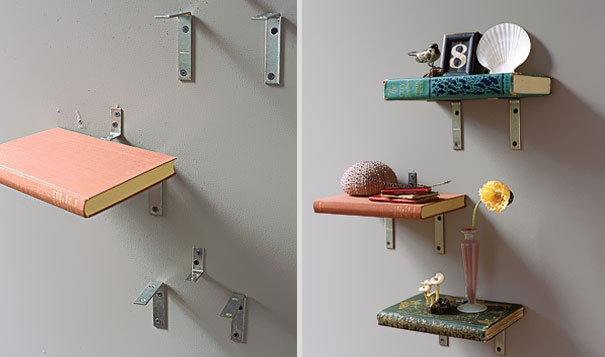Living with a disability can sometimes led to a heightened awareness of resourcefulness. Finding creative ways to repurpose everyday items not only saves money but also fosters a sense of self-sufficiency.
This guide explores several ingenious ways to transform discarded objects into assistive tools or household aids, empowering you to create a more accessible and functional living space.
1. Assistive Reaching with Upcycled Containers
Reaching for high shelves or grabbing items from the floor can be a challenge for those with limited mobility. Instead of purchasing expensive reacher tools, consider repurposing readily available containers. A sturdy plastic container with a long handle, such as a laundry detergent bottle, can be transformed into a simple reacher.
Cut a semi-circular opening on the side of the container to create a grasping area. Alternatively, a lightweight tin can with a handle attached using strong glue or wire can be used to pick up small objects. Remember to ensure the containers are clean and free of harmful residues before using them.
2. Laser-Cut Adaptations for Everyday Items
There have been a lot of opportunities for creative customization thanks to laser cutting technology. Many online retailers offer laser-cutting services, allowing you to transform everyday items into assistive tools. For instance, consider having pot lids or jar openers laser-cut with enlarged handles or adapted grips to make them easier to use.
You can also explore laser-cutting utensil handles to create thicker, easier-to- grasp shapes. Laser-cutting services can even create custom keychains or drawer pulls with adapted shapes or sizes for improved gripping.
3. Repurposed Clothing for Comfort and Accessibility
Old, comfortable clothing can be transformed into functional aids. Cut the leg of a sturdy pair of jeans to create a sleeve for a heating pad or ice pack, providing targeted pain relief. Large, soft T-shirts can be refashioned into comfortable leg or arm wraps for additional support or warmth.
For those who use wheelchairs, old sweatpants can be cut and sewn into padded seat covers for added comfort during extended periods of sitting.
4. Shoebox Solutions for Organization and Mobility
Empty shoeboxes offer a wealth of organizational possibilities. Decorate them and use them to store frequently used medications, craft supplies, or assistive devices. Shoeboxes can also be repurposed into drawer dividers, keeping items organized and easily accessible.
For those who use wheelchairs, sturdy shoeboxes can be stacked and secured to create a raised platform for accessing countertops or cabinets. Remember to reinforce the boxes for added stability and weight capacity.
5. Responsible Disposal of Used Oil
While we’re on the topic of repurposing and responsible resource management, it’s important to remember that some items shouldn’t be reused.
Used motor oil, cooking oil, and other lubricants can be harmful to the environment if not disposed of properly. Waste oil collection programs are an excellent way to ensure these materials are recycled or disposed of responsibly.
Look for local programs that accept used oil in your area. These programs often partner with auto repair shops or recycling centers to collect and process used oil, preventing it from contaminating soil and water sources




